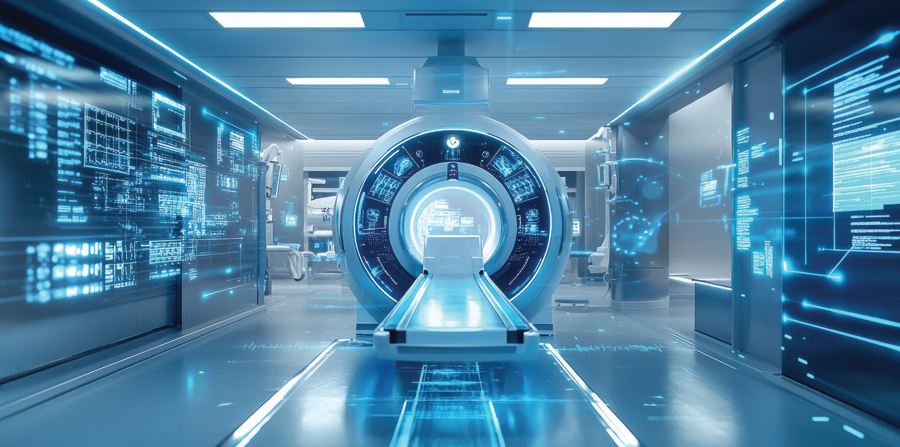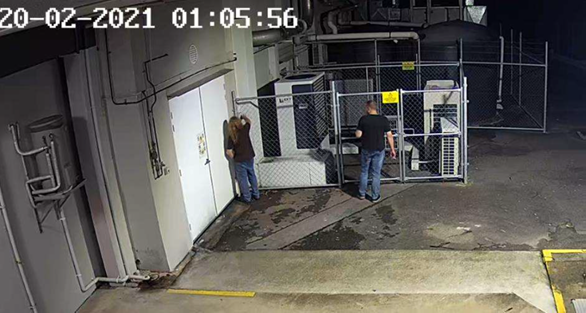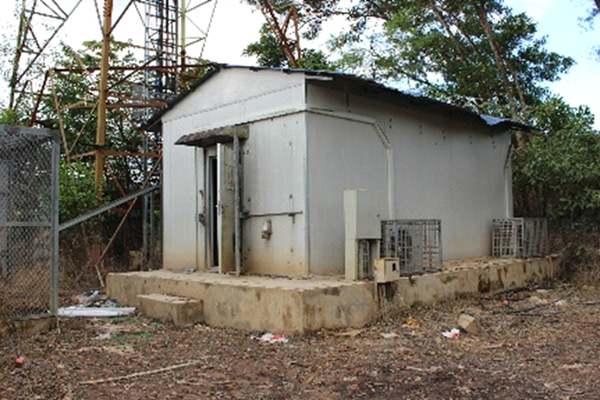Temperature Control in Medical Equipment

On 19 February 2021, at approximately 1 AM, two individuals tampered with cooling equipment associated with the Magnetic Resonance Imaging (MRI) unit at a Queensland-based imaging service provider.
The following occurred:
-
Two individuals approached the rear portion of the facility, which was enclosed by a locked security fence housing HVAC equipment, including the chiller for the Ingenia 3.0 T MRI.
-
Security footage showed the individuals manipulating what appeared to be the isolator switch associated with the refrigeration equipment.
-
This action resulted in the loss of power to the chiller, ceasing its ability to provide cooling to the MRI.
Cropped Still Image from CCTV depicting Individuals Turning off Isolator for Chiller
The loss of cooling was detected by remote monitoring software operated by the MRI manufacturer. The imaging clinic was notified, and a contractor, UAP Solutions, was engaged to assess the chiller.
UAP Solutions confirmed the chiller isolator had been switched to the “OFF” position. When turned back to “ON,” the chiller operated properly. However, by this point, the MRI had already performed a quench, requiring engineers to complete repairs.
Repairs included:
-
Replacement of the burst disk
-
Refill with liquid helium
-
De-icing
-
Calibration and image quality testing
MRI systems require superconductivity of magnet windings, achieved by maintaining extremely low temperatures. A loss of cooling causes superconductivity to break down, increasing resistance, generating heat, and ultimately boiling the helium coolant. This process vents gaseous helium through a burst disk, known as a quench.
Envista’s Assistance
Envista was engaged to determine the cause and extent of the damage. Specifically, Envista:
-
Reviewed costs associated with replacing the burst disk, refilling with liquid helium, and other repair activities.
-
Analysed temperature and pressure trendlines to confirm the direct cause of the quench.
-
Assisted insurers in evaluating the validity of the claims submitted.
Results & Outcome
Following the initial incident, the MRI experienced multiple additional quenches. The imaging clinic claimed that the subsequent events were caused by damage to the superconducting wires from the original quench and submitted a claim for several million dollars for a full replacement of the MRI unit.
Envista successfully demonstrated that there was no evidence linking the subsequent quenches to the original event. As a result, insurers avoided the unnecessary replacement of the costly MRI unit, saving several million dollars.
Nuestros consultores están listos para ayudar.




